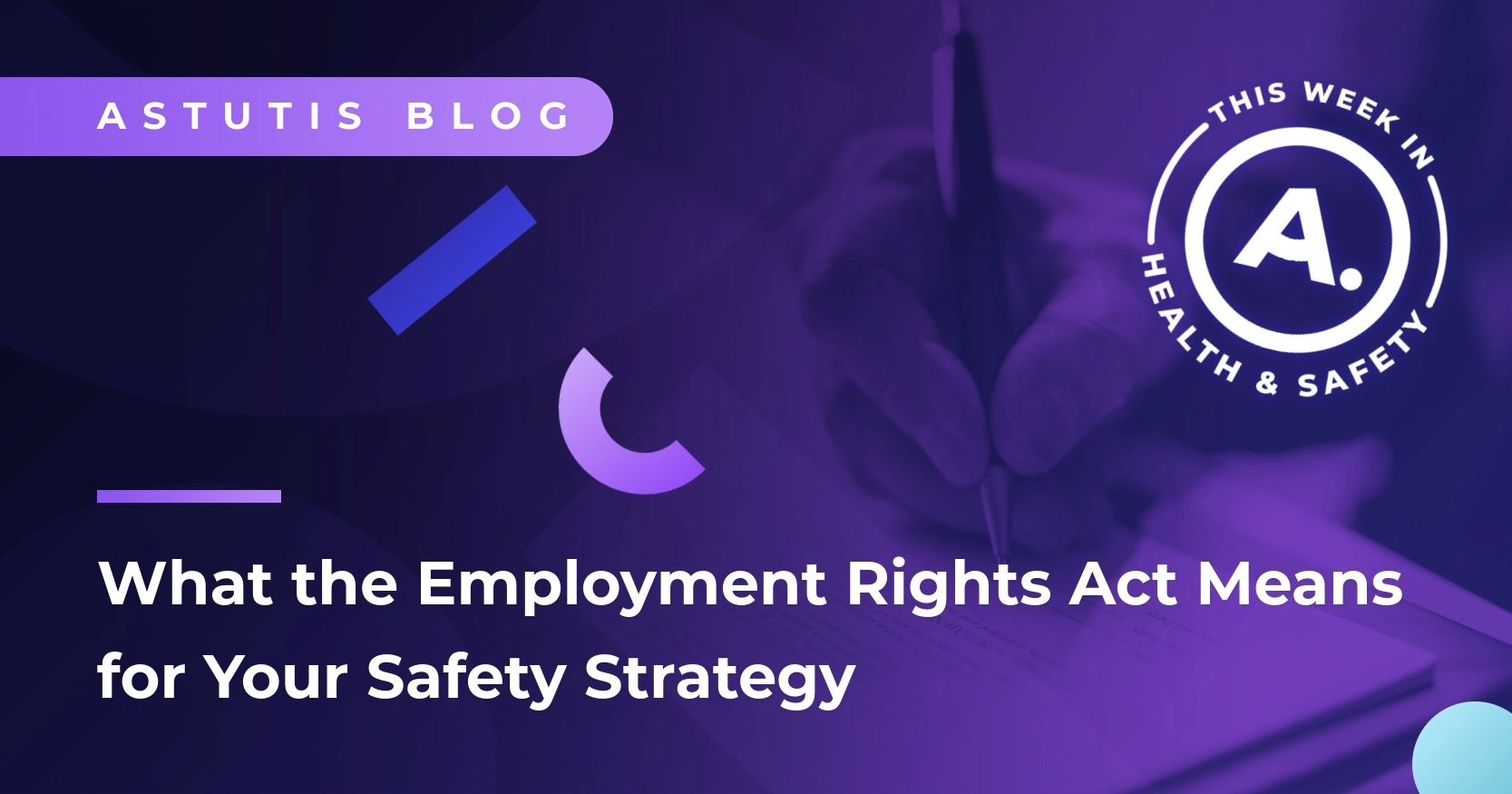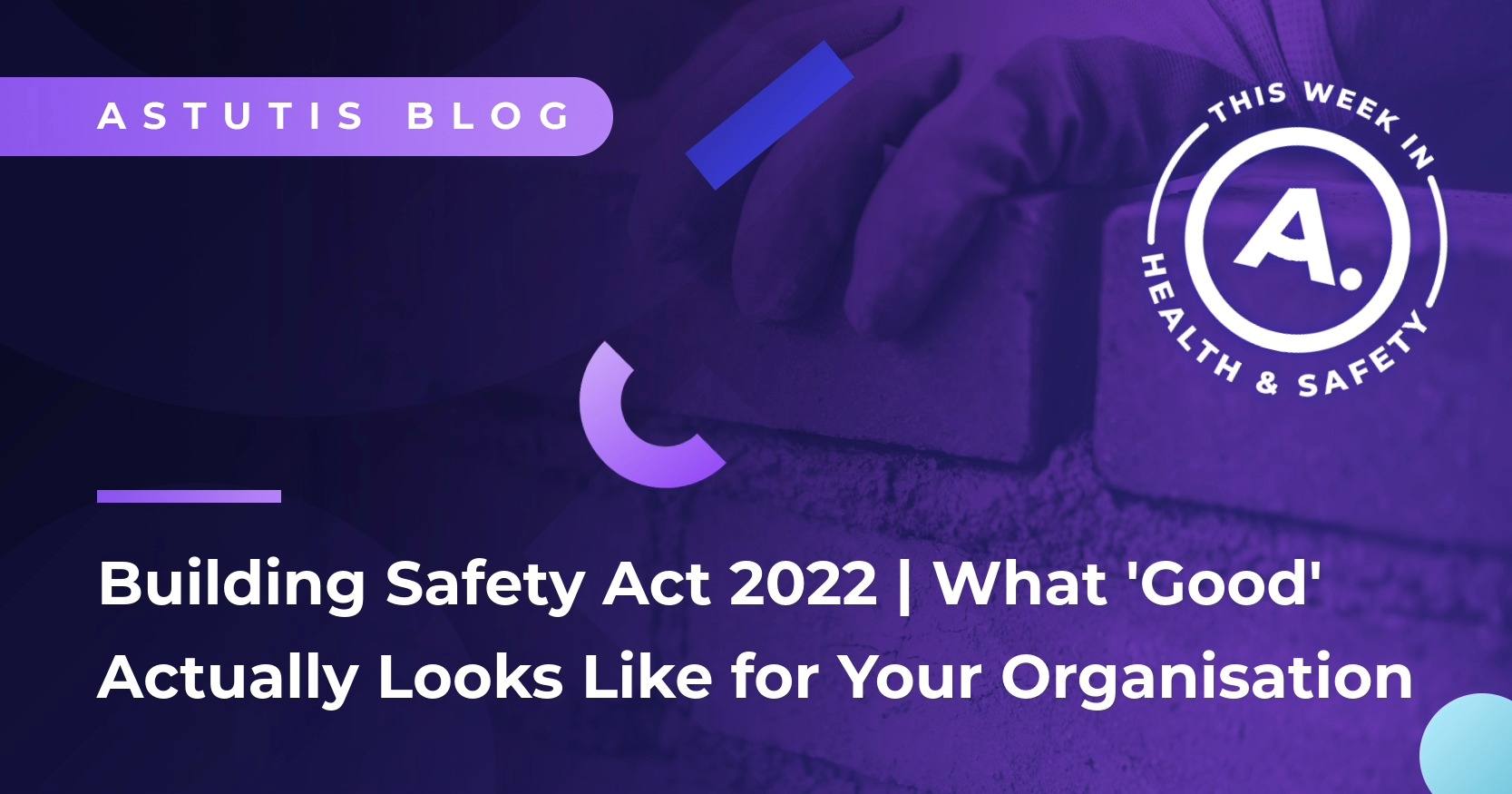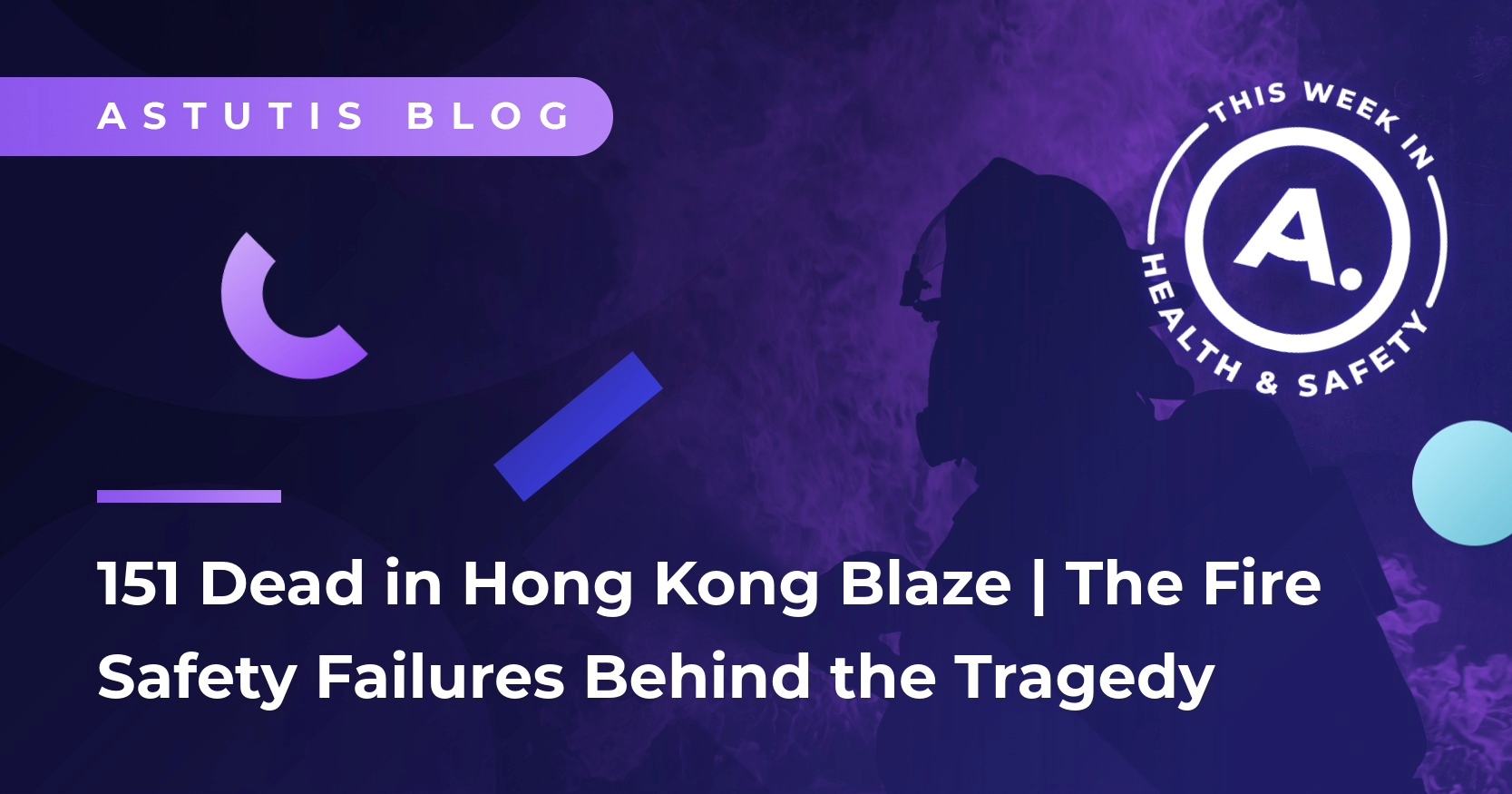Temperature in the Workplace
Learn about the common questions raised about minimum and maximum workplace temperatures allowed at work to ensure safety within the office.
Temperature within the workplace can be very subjective. One person’s ideal temperature can make another person too hot or cold.
In the colder times of year in the UK the temperature drops and an office often becomes a battle ground for the thermostat. This article looks at the main questions associate d with temperature in indoor workplaces.
As temperatures drop off, an office often becomes a battle ground for the thermostat
Q: Is there a minimum legal working temperature in UK indoor workplaces?
A: No
Q: Is there a maximum legal working temperature in UK indoor workplaces?
A: No
Q: What is the legislation on the temperature in UK Indoor Workplaces?
A: The Workplace (health safety & welfare) Regulations state that
- During working hours, the temperature in all workplaces inside buildings shall be reasonable
- a workplace shall be adequately thermally insulated where it is necessary
- excessive effects of sunlight on temperature shall be avoided.
- Heating or cooling methods should not allow noxious fumes into the workplace
- A sufficient number of thermometers shall be provided to enable persons at work to determine the temperature in any workplace inside a building
Q: Are you sure, I thought there was a minimum legal temperature?
There is no direct Health and Safety legislation stating legal temperatures. (Some other areas such as food safety may have specific requirements and you should ascertain if these effect your work). The Approved Code of Practice to the regulations suggests that for workplaces is where physically work is carried out the minimum is 13 degrees, where more office work is carried out the minimum is 16 degrees. There is no guidance within the regulations for maximum temperatures.
In addition, they may be other guidance/legislation for working in areas where food is stored and prepared. But this article is looking at the Health, Safety and Welfare requirements.
Q: What do I have to do to comply with the legislation?
A: You have to ensure that:
- There are sufficient numbers of thermometers around your premises
- Your heating/cooling equipment is regularly inspected and maintained so as not to pose a danger to your employees
Q: My employees complain that it is too cold what should I do?
A: Ensure that the heating is working! Then establish a reasonable temperature.
Q: I normally have suitable heating but it has broken down and it is cold what should I do?
A: In this type of situation, you should ensure that alternative heating such as portable, oil-filled heaters are made available. Where this is not practical (e.g. due to a short duration) then employees should have regular breaks to warm up in another room, access to hot drinks and have the ability to wear coats and gloves.
Q: My employees are complaining it is too hot. What do I have to do?
A: You have to provide suitable cooling methods. This could be air conditioning unit(s), allowing staff to take regular breaks in a cooler room, providing cool drinks. The solutions depend on what your workplace requirements are.
Q: Where can I find further information on temperature in the workplace?
A: The UK’s Health and Safety Executive (HSE) has a very detailed webpage at: http://www.hse.gov.uk/temperature/
You can also find further information on temperature in the workplace in our blog titled: Heat in the workplace: Assessing Risk
Explore our full range of Workplace training courses designed to improve the skills and knowledge of your workforce.
Click below to view our full range of NEBOSH courses!
Related Blogs

Real Life Stories









